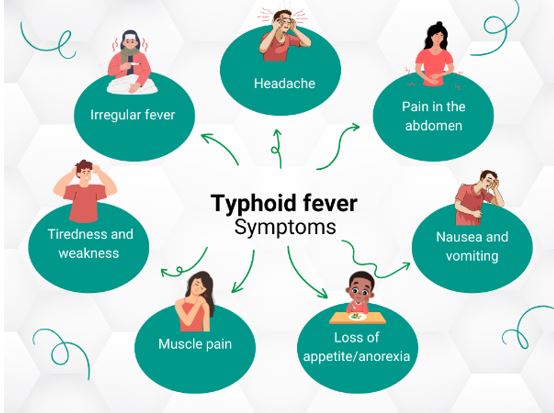

Context
Typhoid fever is a common ailment in India, often diagnosed using the Widal test. However, this test has limitations, leading to misdiagnosis and inappropriate treatment. Understanding the shortcomings of the Widal test and exploring alternative solutions is crucial for effective management of typhoid fever.
About Widal Test
- The Widal test is a rapid diagnostic tool used to detect infections caused by bacteria like "Salmonella typhi" or "Salmonella paratyphi."
- It works by observing if the patient's blood contains antibodies against these bacteria, which can cause them to clump together when mixed with healthy red blood cells. A positive result suggests the presence of Salmonella typhi and a likely case of typhoid fever.
Limitations of the Widal Test:
- The Widal test may provide false positives or negatives due to various factors such as prior antibiotic treatment and cross-reactivity with antibodies from other infections.
- A single positive Widal test result is insufficient for diagnosis, requiring multiple samples over time, which is often impractical.
- Consequences of Widal Test Use:
- Inaccurate diagnosis and treatment, obscuring the true burden of typhoid fever in India.
- Exacerbation of antimicrobial resistance issues.
Fact Box: About Typhoid
|


